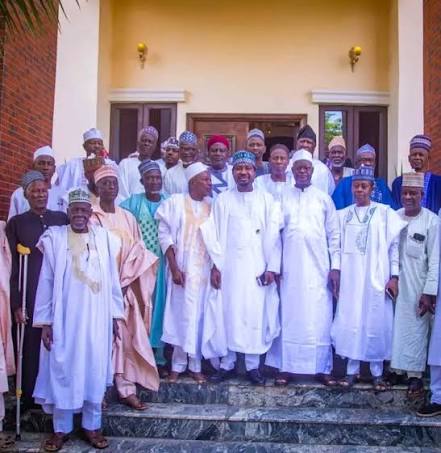Afghanistan’s Terror Landscape Three Years After U.S. Withdrawal: A Growing Threat to Global Security

Three years after the United States completed its military pullout from Afghanistan, the country has re‑emerged as a fertile ground for terrorist groups, according to a comprehensive analysis by the Middle East Institute and corroborated by recent U.S. congressional reports.
The Taliban’s de‑facto rule, while offering a degree of predictability, has failed to curb the ambitions of al‑Qaeda and the Islamic State Khorasan Province (ISKP), raising alarms about the potential for renewed attacks on the U.S. homeland and allied nations.
Despite claims that al‑Qaeda was “at its historical nadir” after the 2022 killing of Ayman al‑Zawahiri in Kabul, the group has re‑established training camps and deepened ties with the Taliban. A UN sanctions monitoring panel noted in January 2024 that al‑Qaeda continues to use Afghanistan as a “permissive haven,” with senior figures such as Sayf al‑’Adl reportedly moving between Iran and Afghanistan.
The Rewards for Justice program maintains a $10 million bounty for information leading to ’Adl’s capture, underscoring the persistent threat he poses.
ISKP has demonstrated a capacity for external operations, exemplified by the January 2024 Kerman attack in Iran (95 dead, 200+ injured) and the March 2024 Crocus City Hall assault near Moscow (144 fatalities).
The group’s strategy now involves deploying operatives of different nationalities—Tajik, Pakistani, Kyrgyz—to conduct attacks far beyond Afghanistan’s borders, targeting Europe and Central Asia. The UN panel highlighted ISKP’s sophisticated use of Afghan nationals to strike Pakistan and vice‑versa, creating a transnational network that challenges regional security.
Taliban’s Ambiguous Counterterrorism Role
Taliban leadership has publicly pledged to prevent Afghanistan from becoming a terrorist launchpad, yet its actions often appear focused on internal security. A senior U.S. official, speaking on condition of anonymity, indicated that Taliban efforts against ISKP are “more about protecting their own regime than addressing external threats.”
The Taliban’s close historical ties with al‑Qaeda, including marriages and shared command structures, further complicate any genuine counterterrorism partnership.
In response to the evolving threat, a bipartisan U.S. study group convened by the United States Institute of Peace has recommended a recalibrated approach: limited “over‑the‑horizon” drone strikes, enhanced intelligence sharing with regional allies, and diplomatic pressure on the Taliban to honor counterterrorism commitments.
The group also urged Congress to increase funding for the Rewards for Justice program and to clarify legal authorities for targeting terrorists in Afghanistan.
The United Nations, in its July 2024 report, warned that the “waxing and waning of terrorism warnings” in Afghanistan could lead to “increased domestic radicalization” and new recruitment for jihadist causes.
European nations, already on high alert after recent knife and vehicle attacks, are bolstering domestic security measures while urging Kabul to do more.
The post‑withdrawal environment has transformed Afghanistan into a hub for militant groups intent on global reach. While the Taliban maintains control, its limited capacity and conflicting loyalties mean that external actors must balance limited engagement with sustained vigilance.
As one analyst put it, “The shadow of terrorism in Afghanistan is growing longer, and the world must stay alert.”









